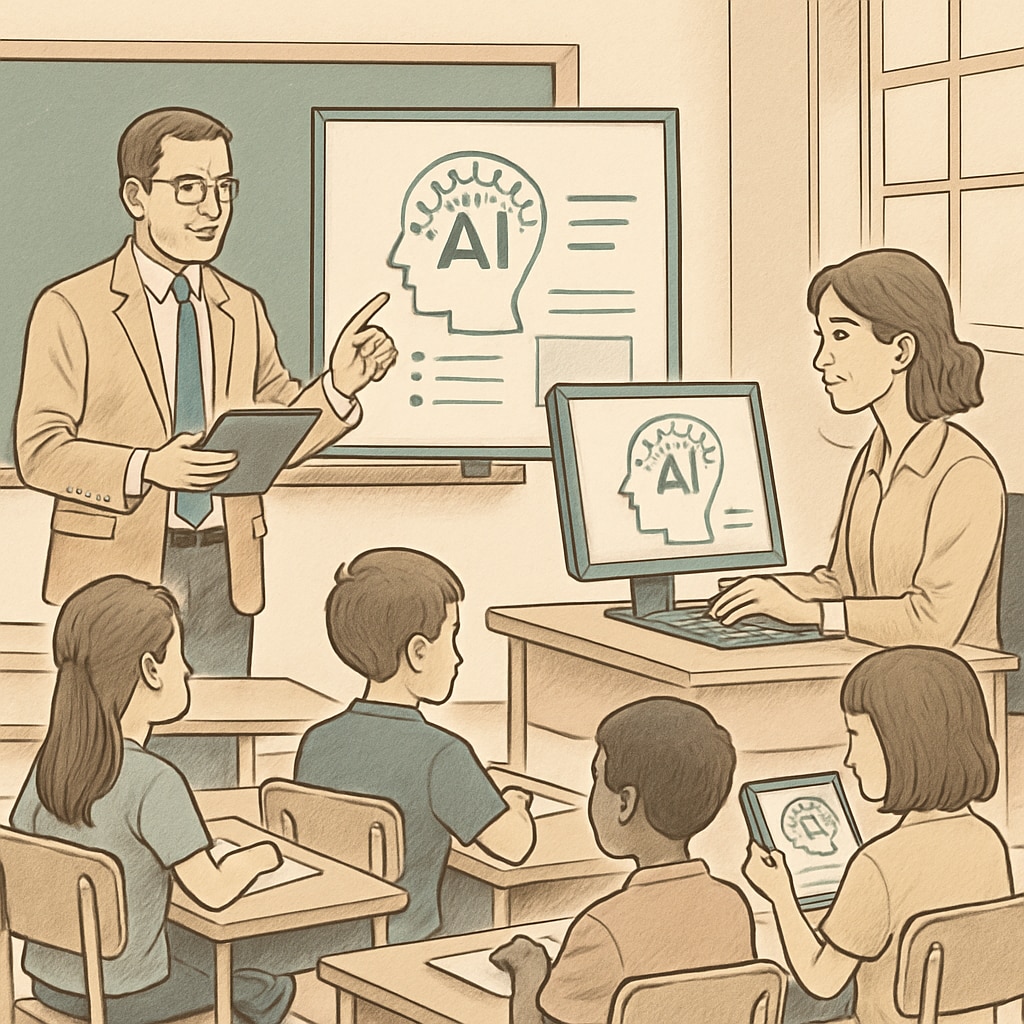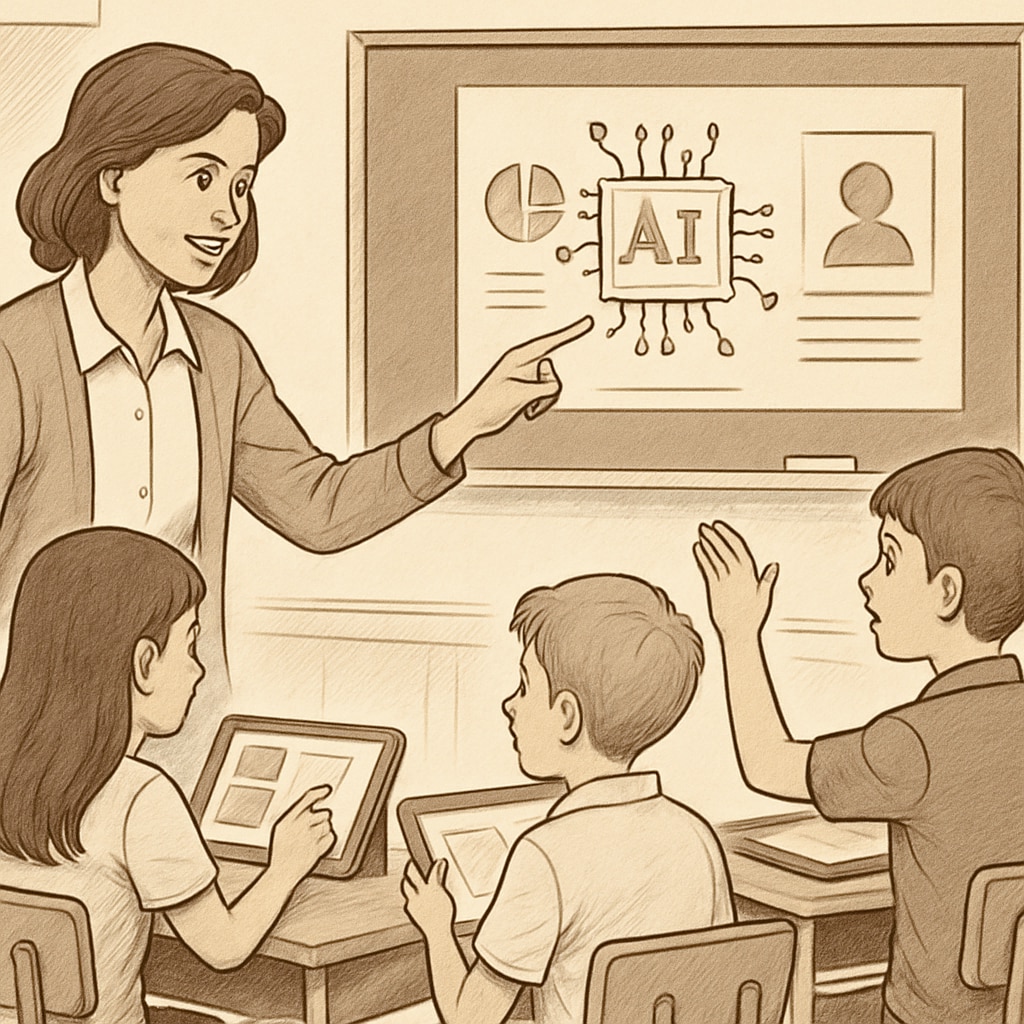The rise of AI education applications is rapidly reshaping the teaching profession, forcing educators to evaluate their roles in an increasingly tech-driven landscape. As artificial intelligence takes on tasks like lesson planning, grading, personalized learning, and even virtual tutoring, the traditional notion of teacher value is being challenged. This transformation is not only redefining the work educators do but also influencing their salary expectations and professional standing. To thrive in this era of technological adaptation, teachers must focus on areas where human expertise remains indispensable, while advocating for fair recognition and compensation for their contributions.
AI’s Role in Education: Opportunities and Threats
Artificial intelligence has opened up a wide array of possibilities in education, from adaptive learning platforms to AI-driven administrative tools. For example, platforms like Khan Academy and edX are increasingly integrating AI to enhance learning experiences. AI can analyze student performance data and offer tailored recommendations far more efficiently than humans. However, this efficiency also raises concerns about the diminishing need for certain teacher responsibilities, such as routine grading or administrative tasks. While AI offers opportunities to improve learning outcomes, it simultaneously poses a threat to the existing scope of teaching jobs.

Redefining Teacher Value in an AI-Driven World
The key challenge for educators in this shifting landscape is to redefine their roles and emphasize the irreplaceable aspects of teaching. While AI excels at processing data and delivering personalized instruction, it cannot replicate human empathy, emotional intelligence, or the ability to foster critical thinking in students. Teachers have the unique capacity to inspire, mentor, and build meaningful relationships with learners—qualities that are integral to holistic education. By focusing on these areas, educators can position themselves as indispensable contributors to the learning process.
Additionally, teachers can adapt by acquiring new skills, such as understanding AI integrations and leveraging these technologies to enhance their teaching methods. Professional development programs aimed at equipping educators with tech-savvy skills will be crucial in ensuring their relevance in the AI era.

Fair Compensation for Educators in the Age of AI
As AI takes over certain educational tasks, teachers may face pressure to accept reduced salaries or fewer benefits, under the assumption that their workload has diminished. However, this perspective undervalues the evolving role of educators in managing AI tools, interpreting complex data, and providing emotional and social support to students. It is essential for educational institutions and policymakers to recognize the multifaceted contributions teachers bring to the table and ensure their salaries reflect the complexity of their work.
Furthermore, unions and advocacy groups must step in to negotiate for fair compensation packages, taking into account the additional responsibilities teachers shoulder in adapting to AI technologies. A balanced approach that values both technological efficiency and human expertise will be key to maintaining the dignity and financial stability of the teaching profession.
Conclusion: Thriving Amid Technological Transformation
The integration of AI in education is inevitable, but it should not undermine the critical role teachers play in shaping the minds and hearts of the next generation. By embracing technology while emphasizing the human aspects of their profession, educators can carve out a space that AI cannot replace. At the same time, it is imperative for institutions and society to recognize the evolving nature of teaching and ensure that educators are compensated fairly for their indispensable contributions.
As a result, the discussion surrounding AI education applications, teacher value, and technology adaptation must shift from fear of replacement to collaboration and growth. Only by working together can we ensure that the teaching profession not only survives but thrives in the AI era.
Readability guidance: Short paragraphs and clear subheadings are used to enhance readability. Lists summarize key points where applicable, and transitions ensure logical flow between ideas. The article maintains a balance between technical insights and accessible language.


